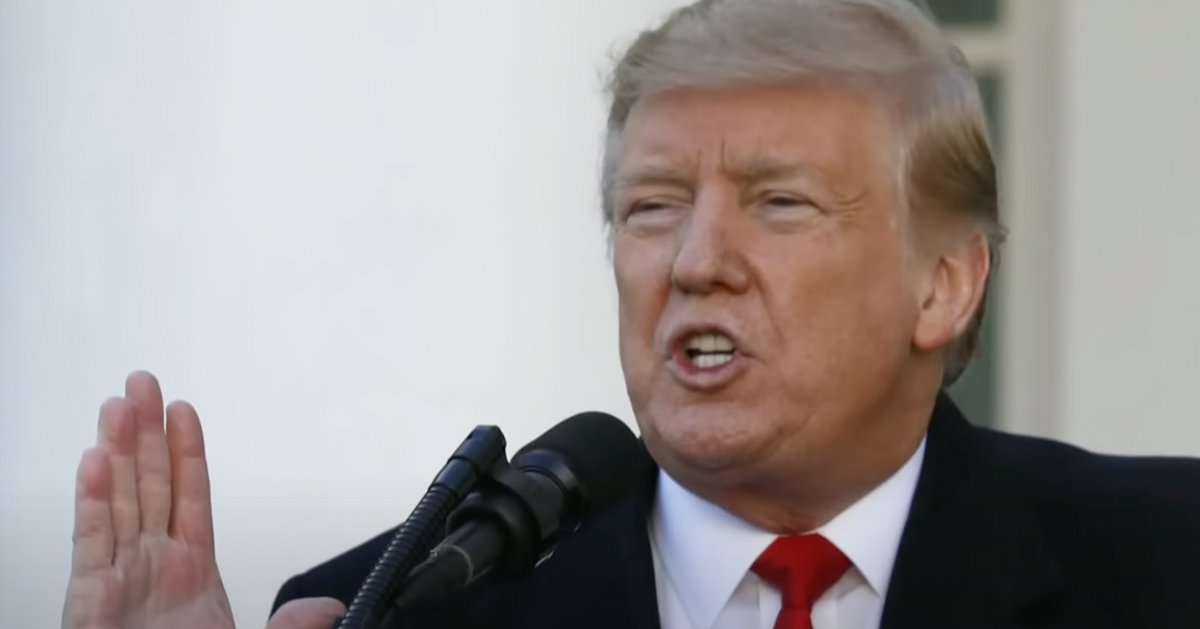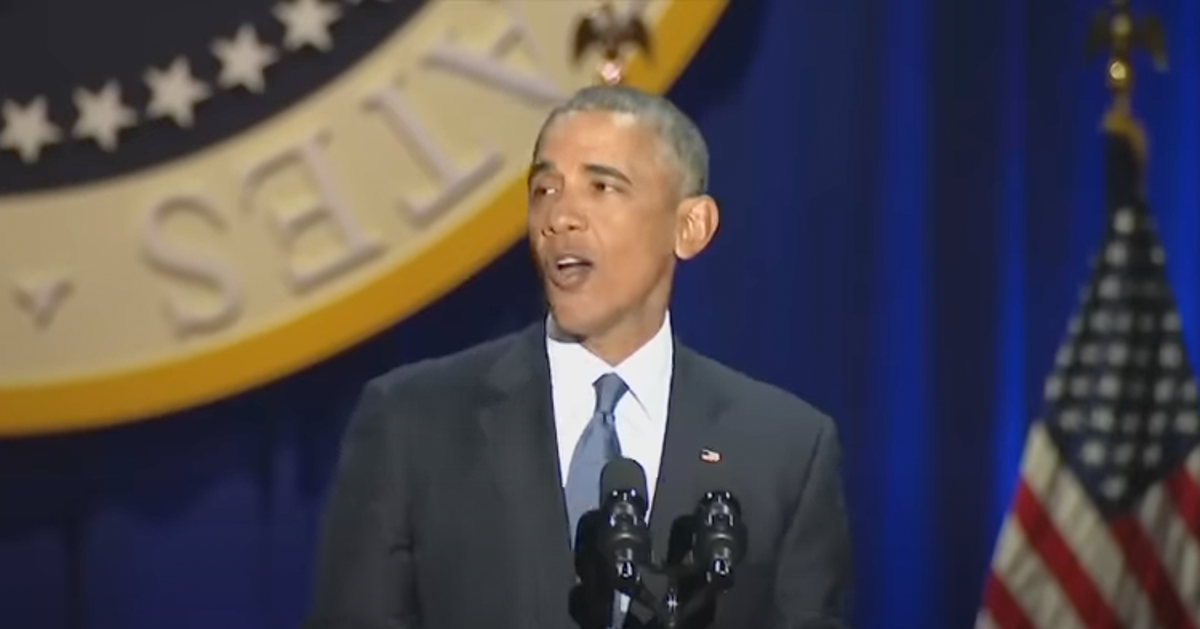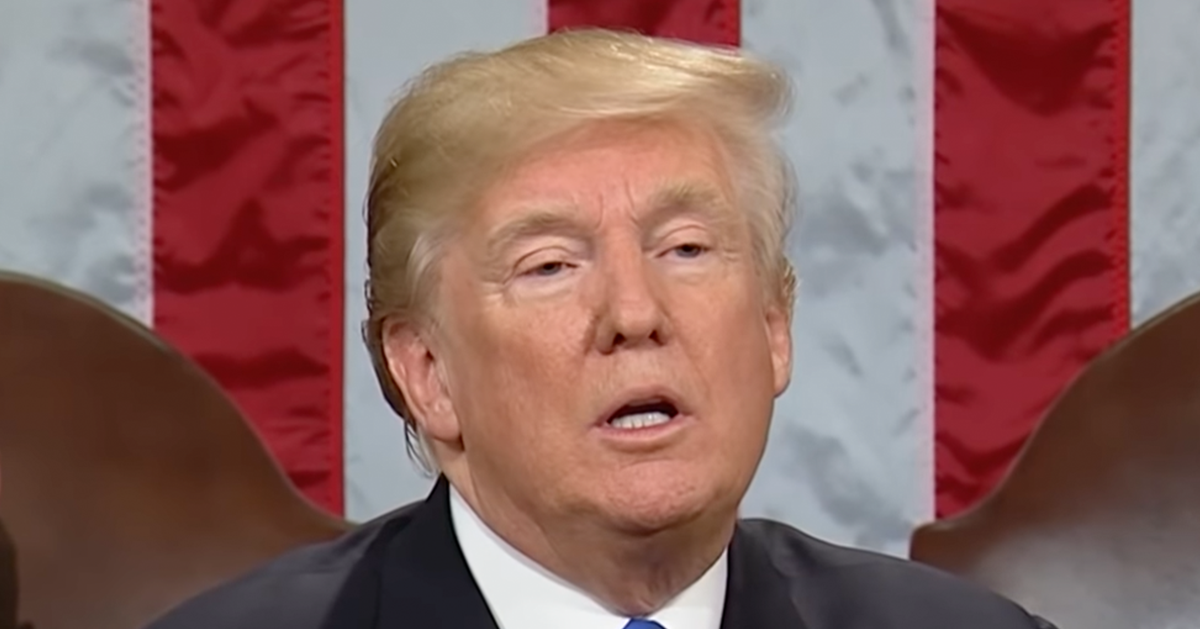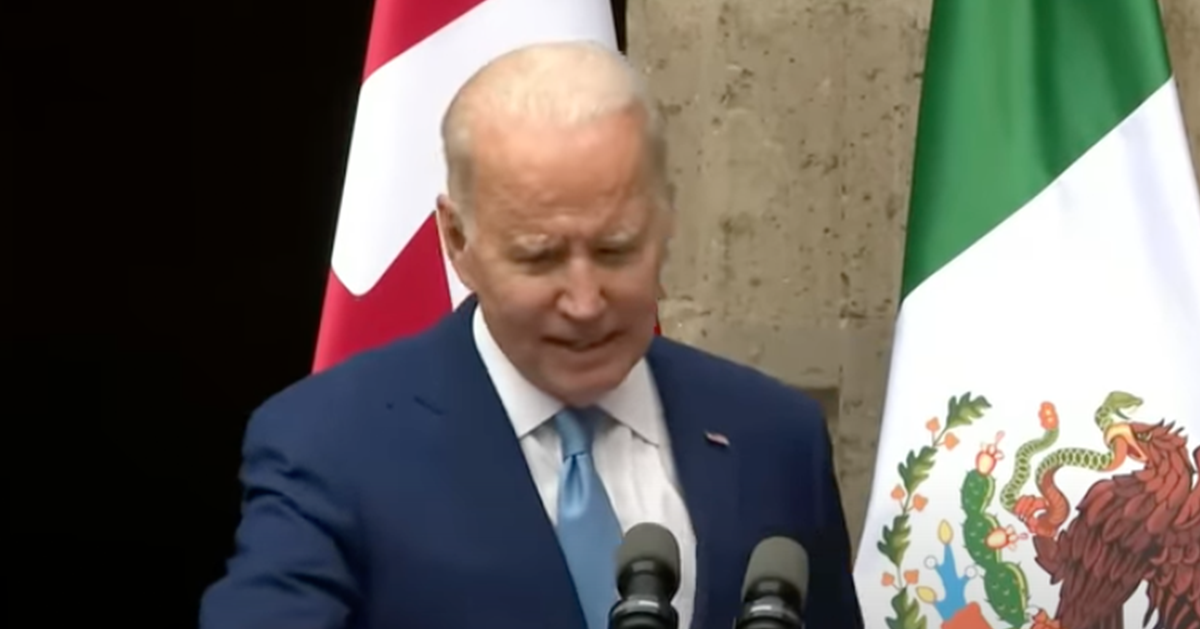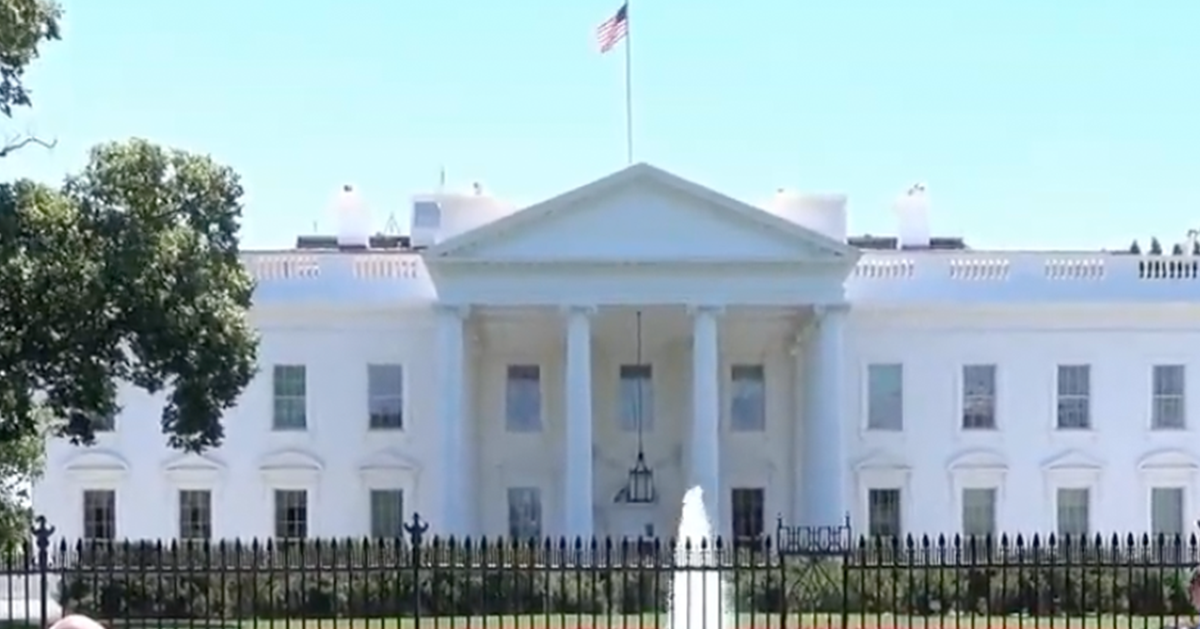Kamala Harris Carter Tribute Photo Raises Eyebrows for Omitting Trump
Vice President Kamala Harris sparked conversation and speculation with her recent social media post, which paid tribute to the late President Jimmy Carter but notably omitted President-Elect Donald Trump and Melania Trump from the image.
Harris's Instagram post was interpreted by some as a harsh jab at Trump, as it cropped out the president-elect and only barely showed his hand, as the Daily Mail reports.
The image was shared on a Thursday as part of Harris's effort to honor Carter after his funeral service. The event, held in Washington, D.C., was attended by numerous political figures, including former and current presidents.
Harris's Instagram picture featured former President Barack Obama, sitting in the immediate vicinity of Trump, yet managed to exclude her 2024 rival from the visible scene, except for his hand.
Instagram Post Highlights Cropped Image
Harris accompanied the photo with a caption lauding Carter’s extensive contributions to the nation and his impactful legacy.
Part of her message read, "President Jimmy Carter loved our country. He lived his faith, served the people, and left the world better than he found it," underscoring the deep respect and admiration for the late President's efforts in public service.
The image went viral shortly afterwards and attracted diverse reactions from followers and political observers. Some viewed it as a candid acknowledgment of historical tensions, while others perceived it differently. One of the Instagram comments succinctly captured the essence of many reactions by stating, "This crop is legendary."
Carter, who served as the 39th president of the United States, was remembered not just for his policies but for his dedication to humanitarian causes and peacemaking. Harris highlighted these contributions, noting, "President Carter’s many contributions will echo for generations to come," in her homage.
Carter Center's Similar Exclusion
Interestingly, the Carter Center also published a similar image, which likewise excluded Trump. The only visible part of Trump in that image was his knee.
This confluence of photo exclusions created further discussions about intentions and implications, as many pondered the significance of these omissions in the context of modern political relations.
Despite the media buzz and public scrutiny, Trump has not issued any statement or commentary regarding Harris's post. His silence on the matter adds to the intrigue and conversation about the photo's meaning and potential strategic implications.
The funeral of Carter was a unifying event attended by political luminaries from both sides of the aisle. It served as a reminder of the legacies that presidents leave behind, and the contrasting perspectives through which these legacies are viewed.
Harris's Tribute Stirs Debates
As part of the broader public debate, Harris's post reignites discussions about how image, symbolism, and legacy play into current political narratives. The use of social media as a platform for political messaging continues to highlight the shifting dynamics of political communication.
Harris, known for her active engagement on social media platforms, has capitalized on these digital tools to share her perspectives and connect with the public. Her tribute to Carter underscores this approach, mixing personal reflection with intentional public messaging.
This incident also serves as an example of how digital media can be a powerful tool in shaping public discourse. Through a single image and carefully chosen words, political figures can influence perceptions and stimulate debates on larger issues at hand.
Social Media and Political Messaging
Given the free-flowing nature of social media, discussions around Harris's post demonstrate the rapid spread of dialogue and the varying interpretations audiences can derive. It is a reminder of the importance of context in understanding political gestures, especially those showcased on these platforms.
Ultimately, the dialogue surrounding Harris’s tribute highlights the intertwined relationship between politics and media portrayal. How political figures choose to present moments and who they include in these portrayals carry substantial weight in how narratives are constructed and understood.
The contemplation around this post, and the lack of a response from Trump, emphasizes the importance of visual narratives in political contexts. As media continues to evolve, the strategic decisions behind what is shared or omitted will undoubtedly play an essential role in shaping future political tactics and public perception.

